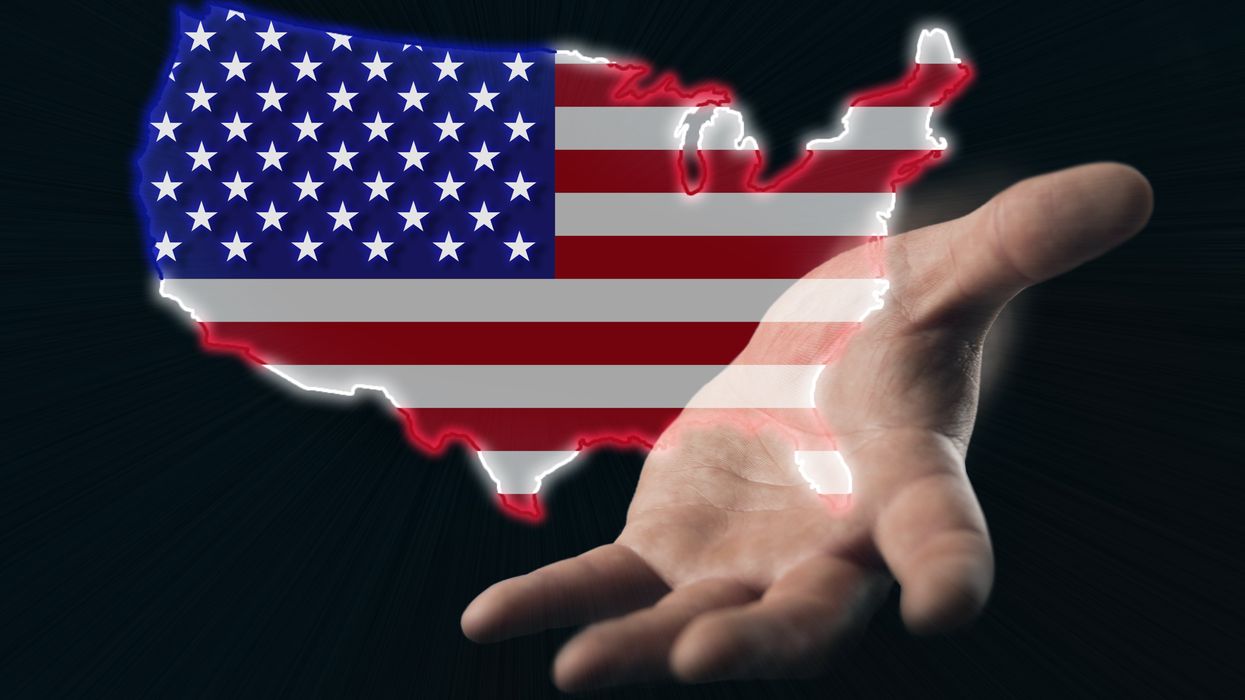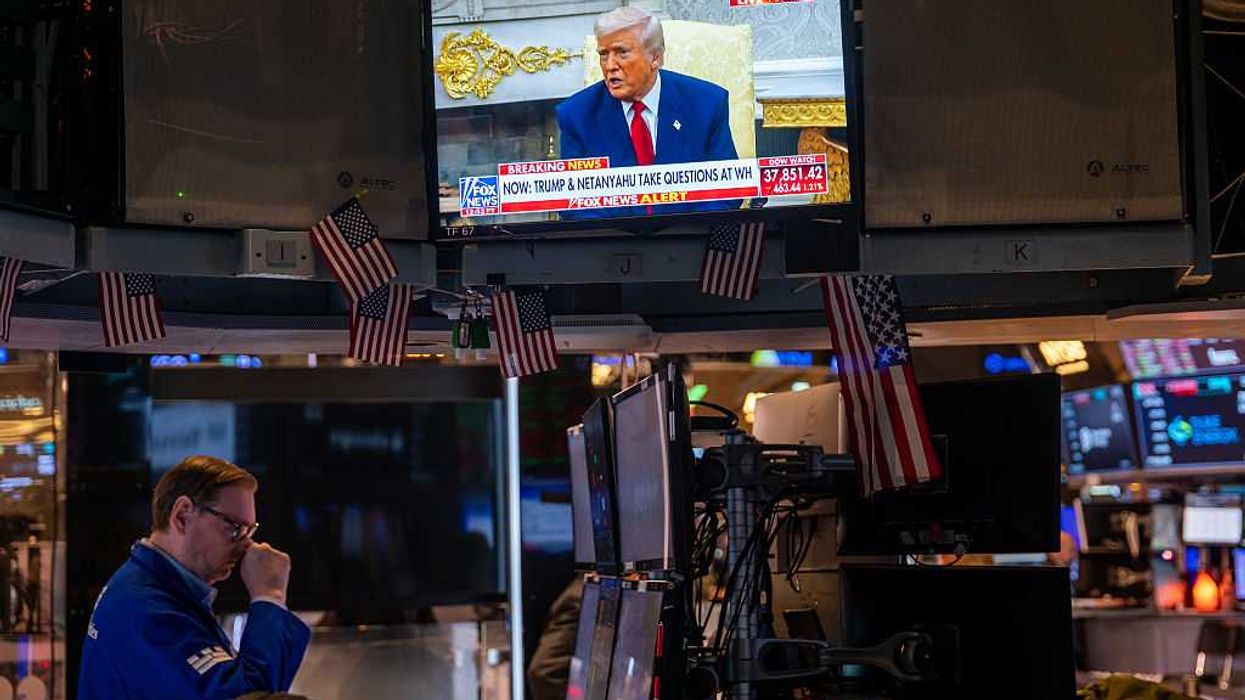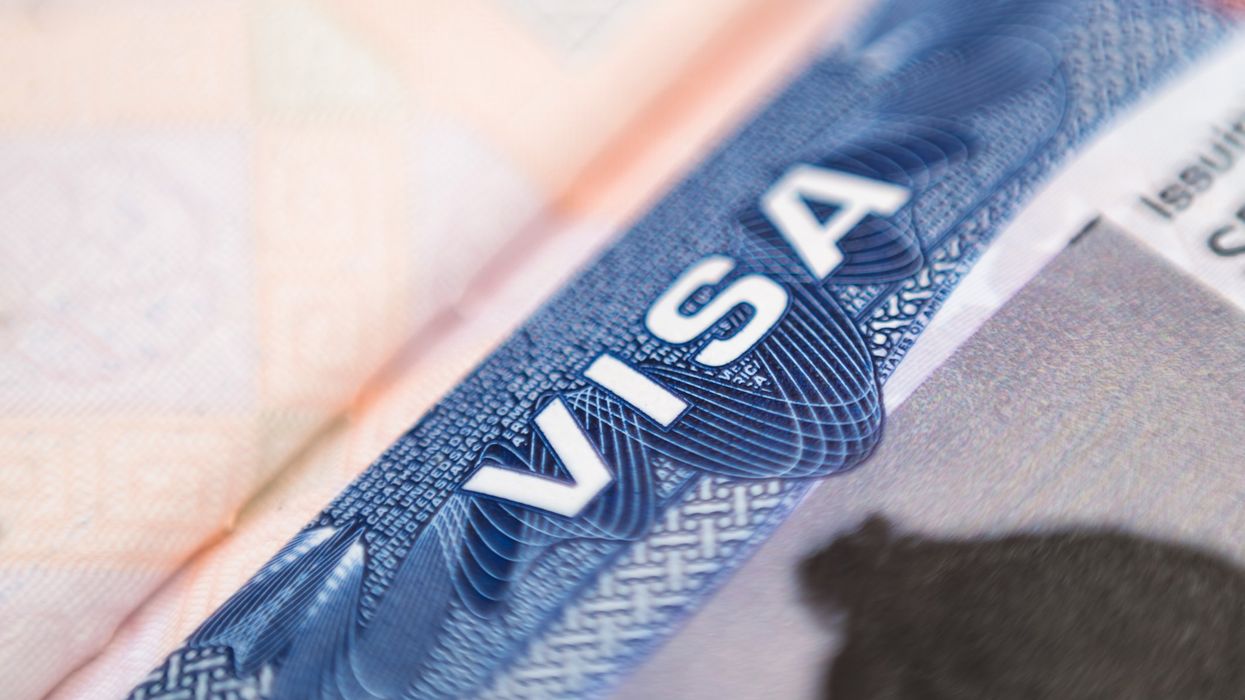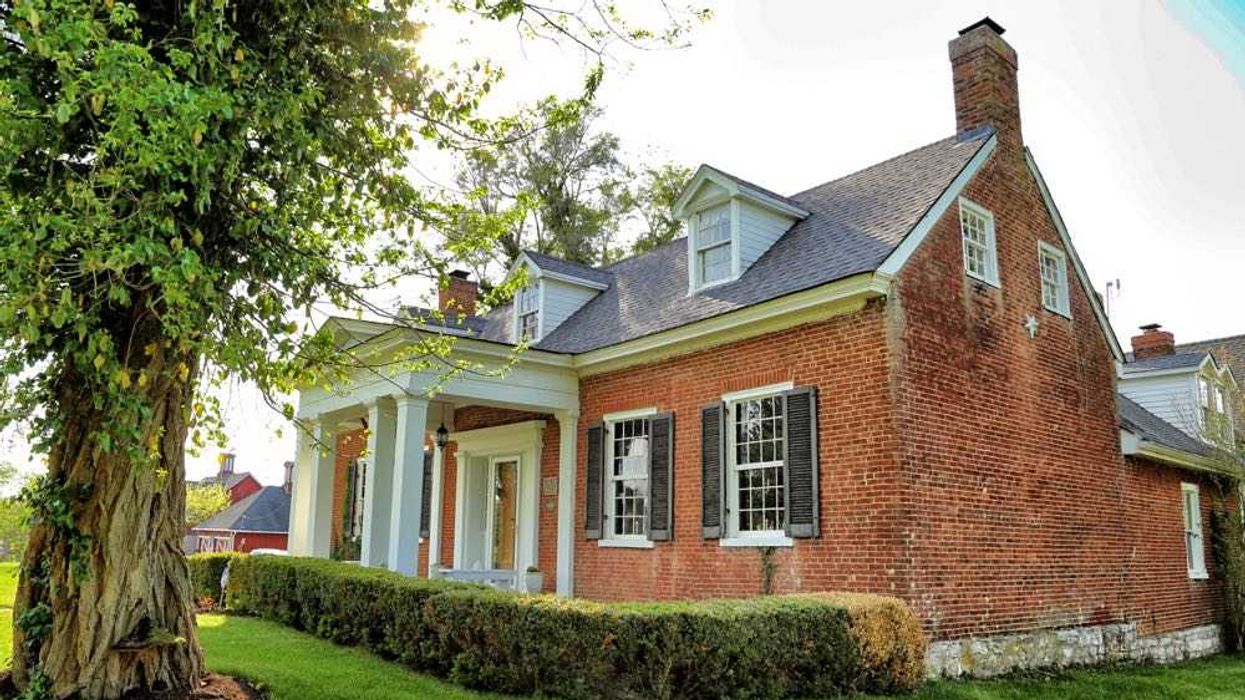Cain has served in leadership roles at numerous foundations, nonprofits and for-profit corporations. He was a founding partner of American Philanthropic.
As the media and elites across America take up a fight to “save democracy,” Big Philanthropy is casting itself in the role of superhero. Since 2011, the University of Pennsylvania’s Center for High Impact Philanthropy reports, some $5.7 billion has gone to programs supporting U.S. democracy, with grant announcements that often depict foundations as stepping up to forestall a doomsday.
The Carnegie Corporation, warning of a “fragility of our democracy ... unimaginable just a few years ago,” has pledged to strengthen social cohesion and combat polarization. The MacArthur Foundation is partnering with Carnegie and the Ford and Knight foundations, among others, in the $500 million Press Forward effort to “address the crisis in local news.” As Knight president Alberto Ibargüen put it to the New York Times: “There is a new understanding of the importance of information in the management of community, in the management of democracy in America.”
Even those typically allergic to Big Philanthropy want to affix capes to the shoulders of megadonors. “Big philanthropists have a potentially transformative role to play in rehabilitating our democracy,” wrote philanthropy scholar Rob Reich and his Stanford colleagues in the Stanford Social Innovation Review.
There is a strong temptation to dismiss Big Philanthropy’s “transformative role in rehabilitating democracy” or, as Ibargüen put it, “managing democracy,” as a thinly veiled partisan and politically liberal effort to manage electoral outcomes.
After all, the “fragility of democracy” seems to have first appeared around the time George W. Bush ascended to the White House in 2000. Democracy made an extraordinary eight-year recovery during the Obama presidency but became even more frail when Donald Trump won election in 2016. Now democracy itself, as President Biden has campaigned, is on the ballot in 2024.
Let’s take Big Philanthropy at its word, however. After all, many of the largest so-called conservative foundations in America — the Charles Koch, Scaife, and Bradley foundations and the Searle Freedom Trust — also believe that they have a special role to play in architecting the restoration of American institutions. Their work, however, is more often cast in the language of strengthening citizenship, free markets, and America’s founding principles rather than democracy itself. Nevertheless, their philanthropic organizations and methods look like and behave similarly to their liberal counterparts.
Liberal or conservative, the professional philanthropic class shares a fundamentally progressive belief that it can design America and Americans from above: Salvation comes by way of experts and elites, top down, not bottom up.
Should Americans look to the nation’s largest nondemocratic, publicly unaccountable charitable foundations to save democracy?
Americans’ regard for elite institutions, including nonprofit and philanthropic organizations, is in precipitous decline. Gallup records a “historically low faith in U.S. institutions.” Last year Edelman found that trust in nonprofits decreased by 4 percentage points over the prior year and that 26 percent of those surveyed had “low” trust in philanthropy, a 5 percentage-point increase.
What’s more, 20 million households have stopped giving to government-sanctioned charities. Volunteering is in generational decline. And year-over-year charitable giving in the form of nonprofit donations saw its largest recorded drop in 2022, according to “ Giving USA.” Additionally, that giving is concentrating at the top. Average Americans are shying away from the very institutions that propose their salvation.
Americans have every reason to be suspicious of Big Philanthropy. It has coalesced and concentered over the past 50 years as income and wealth inequality divided the nation. The ranks of the billionaire class swelled, and their philanthropic machinery and resources grew to scales unimaginable to most Americans. That behemoth philanthropy can somehow right our nation’s underlying economic wrongs and heal the social wounds that fueled its growth is a self-justifying fiction.
Big Philanthropy can’t possibly unite a divided nation for the simple reason that its very being is a symptom of a diseased economic and social order and, by extension, a broken and corrupt body politic. The liberal economic order that propels Big Philanthropy also undermines the equitable scatter of economic, social, and cultural goods. The rise of megadonors and accompanying megafoundations is a flashing red warning light that our system of democratic institutions is broken.
For all its talk about change, equity, and empowerment, philanthropy can’t help but conserve the inequitable structure that keeps it in power. America’s system of tax-incentivized giving encourages the creation of large concentrations of unaccountable wealth in the form of endowments, donor-advised funds, and perpetual foundations that allow powerful individuals to impose their will onto others in a wholly undemocratic way.
That’s why foundations — conservative and liberal alike — band together with America’s largest financial-services corporations to oppose any change to the self-serving laws governing tax-advantaged charitable giving. Before Big Philanthropy saves democracy, it must first preserve its tax advantages.
Herein lies the irony: By ensuring that they have a leg up on their fellow Americans through the tax code and a vast swath of other social and cultural institutions where they command extraordinary privilege, megadonors and the professional philanthropic class embody not democracy’s salvation but its antithesis.
Big Philanthropy’s ascent hastened democracy’s decline and weakened the civic bonds that foundations now aim to mend. The concentration of wealth and power obviates the need for voluntary association because, as Alexis de Tocqueville pointed out in his Democracy in America, it’s in the absence of concentrated power that men and women must band together to accomplish great things. In a democracy, no one person has the power or resources to do great things of themselves, Tocqueville observed. So democratic citizens must unite and work together through the art of civil association.
This is not the case for the aristocracy, Tocqueville observed. Like today’s behemoth philanthropies funded by the superrich and governed by elites, Tocqueville’s rich and powerful had no need to marshal, confer, or band together with their fellow citizens to get things done. They could do great things by commanding they be so. And they did.
Thus, when Carnegie president Dame Louise Richardson pronounces, “We at Carnegie Corporation of New York believe that engaging in national and community service can help to inculcate an appreciation of the value of democracy and bring together people from all races, regions, and backgrounds and thereby strengthen the forces of social cohesion in our country,” we hear the imperial din of an aristocratic age, not democracy’s salvific chords.
This article was originally published in The Commons.



















